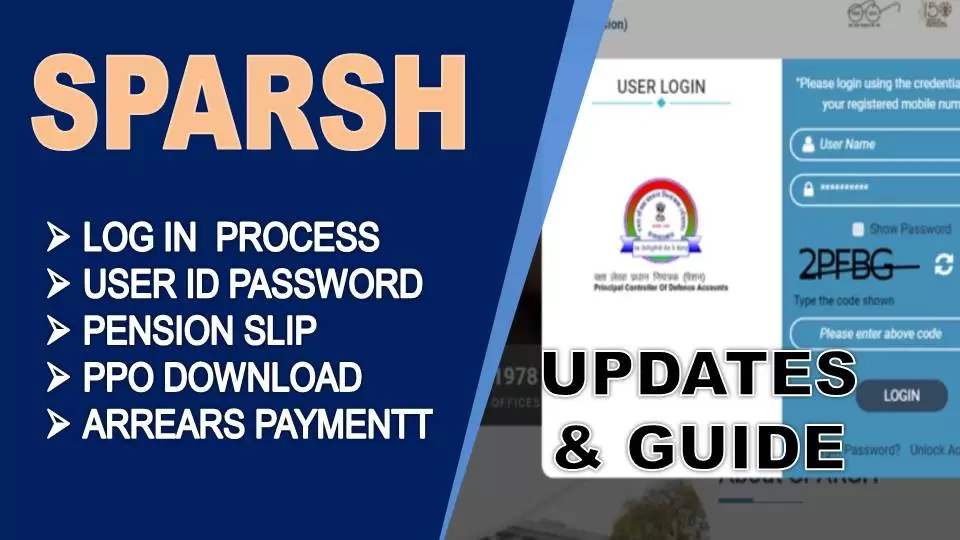EPF withdrawal: Income tax, TDS rules explained in 10 points
The EPFO has amended rules to allow subscribers withdraw up to 75% of the accumulated EPF corpus after one month of quitting a job. The subscriber can withdraw the remaining 25% after unemployment for more than two months
Over the years, retirement fund body Employees’ Provident Fund Organisation or EPFO has eased the process of employee provident fund or EPF withdrawal. Now, an EPFO subscriber can apply for EPF withdrawal online and the time taken for the money to be credited to the subscriber’s account has reduced considerably. But financial planners advise against early withdrawal of the EPF corpus, which, they say, is meant for post-retirement years.
To discourage early withdrawal, the government has formulated income tax laws accordingly.
The EPFO has amended rules to allow subscribers withdraw up to 75% of the accumulated EPF corpus after one month of quitting a job. The subscriber can withdraw the remaining 25% after unemployment for more than two months.
Income tax on PF withdrawal:
1) EPF withdrawal is taxable if an employee does not render continuous services for a period of at least five years.
2) In case of a job switch, if EPF is transferred to another employer, the new employer’s period of employment is also included to calculate the continuous period.
3) If the total period of service is less than five years, accumulated EPF balance withdrawn becomes taxable in the financial year of withdrawal.
4) It is to be noted that there are four parts to any EPF contribution— employee’s contribution, employer contribution and interest earned from both employer’s contribution and employee’s contribution.
5) In case the period of continuous service is less than five years, the sum total of the employer’s contribution to EPF and interest earned on it is taxable under the head “salary” in the subscriber’s income tax return.
6) The subscriber’s own contribution portion of the withdrawal is not taxable. But if the subscriber had claimed deduction under Section 80C on his contribution in earlier years, it becomes taxable under salary. It is to be noted that the EPFO subscriber’s own contribution towards EPF is eligible for deduction under Section 80C of the Income Tax Act.
7) The interest earned on the subscriber’s own contribution portion is taxed under ‘income from other sources’.
8) On withdrawal before five years of continuous service, TDS or tax deducted at source @10% is levied.
9) But in a few cases, such as if amount is less than Rs 50,000 or employer closing down the business, TDS is not levied.
10) If the amount is more than Rs 50,000, and period of service is less than five years, the subscriber can submit Form 15G/15H to avoid TDS in cases where the income for that year is below the taxable limit. Form 15H is for senior citizens (60 years and above) and Form 15G is for individuals having no taxable income.









No comments:
Post a Comment
Indian Military Veterans Viewers, ..
Each of you is part of the Indian Military Veterans message.
We kindly request you to make healthy use of this section which welcomes the freedom of expression of the readers.
Note:
1. The comments posted here are the readers' own comments. Veterans news is not responsible for this in any way.
2. The Academic Committee has the full right to reject, reduce or censor opinion.
3. Personal attacks, rude words, comments that are not relevant to the work will be removed
4. We kindly ask you to post a comment using their name and the correct email address.
- INDIAN MILITARY VETERANS- ADMIN